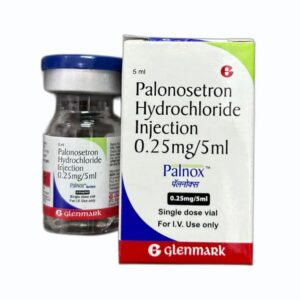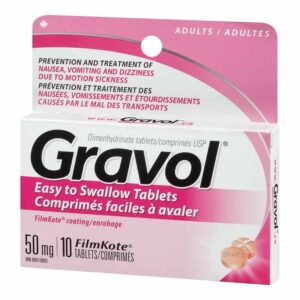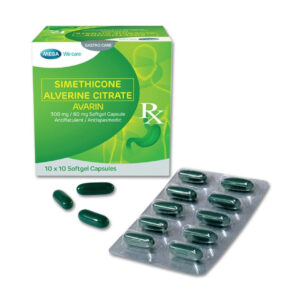-
Palonosetron Hydrochloride
Palonosetron Hydrochloride is a long-acting 5-HT3 receptor antagonist used to prevent nausea and vomiting.
Applications:
-
Prevents acute and delayed nausea/vomiting from moderately to highly emetogenic chemotherapy.
-
Also used for postoperative nausea and vomiting.
Side Effects:
-
Common: headache, constipation, dizziness.
-
Serious (rare): QT prolongation, hypersensitivity reactions.
Br120.00
Palonosetron Hydrochloride
Br120.00 Select options This product has multiple variants. The options may be chosen on the product page -
-
Dimenhydrinate
Dimenhydrinate is an antihistamine primarily used to prevent and treat motion sickness and nausea.
Applications:
-
Prevents and relieves nausea, vomiting, and dizziness from motion sickness.
-
Used for vertigo and inner ear disturbances like Ménière’s disease.
Side Effects:
-
Common: drowsiness, dry mouth, dizziness, and blurred vision.
-
Serious (rare): confusion (especially in elderly), fast heartbeat, and urinary retention.
Br120.00
Dimenhydrinate
Br120.00 Select options This product has multiple variants. The options may be chosen on the product page -
-
Simethicone + Algerines citrate
Applications:
-
Bloating & Gas Relief:
-
Simethicone: Breaks down gas bubbles in the gut (anti-foaming agent).
-
Alverine Citrate: Relieves intestinal spasms (smooth muscle relaxant).
-
-
Irritable Bowel Syndrome (IBS): Reduces cramping, distension, and discomfort.
-
Functional GI Disorders: Eases symptoms of dyspepsia or diverticular disease.
Side Effects:
-
Simethicone: Generally side-effect-free (not absorbed systemically).
-
Alverine Citrate:
-
Mild: Dizziness, nausea, headache.
-
Rare: Allergic reactions (rash, itching).
-
Br120.00
Simethicone + Algerines citrate
Br120.00 Select options This product has multiple variants. The options may be chosen on the product page -
-
Octreotide
Applications:
-
Treats acromegaly (reduces growth hormone)
-
Manages neuroendocrine tumors (controls carcinoid/VIPoma symptoms)
-
Stops severe GI bleeding (esophageal varices, ulcers)
-
Closes pancreatic/intestinal fistulas
Side Effects:
-
Common: Nausea, diarrhea, gallstones, blood sugar changes
-
Serious (rare): Heart rhythm issues, thyroid dysfunction
Note: Requires monitoring for gallbladder and metabolic effects. Available in short-acting (daily) and long-acting (monthly) forms.
Br120.00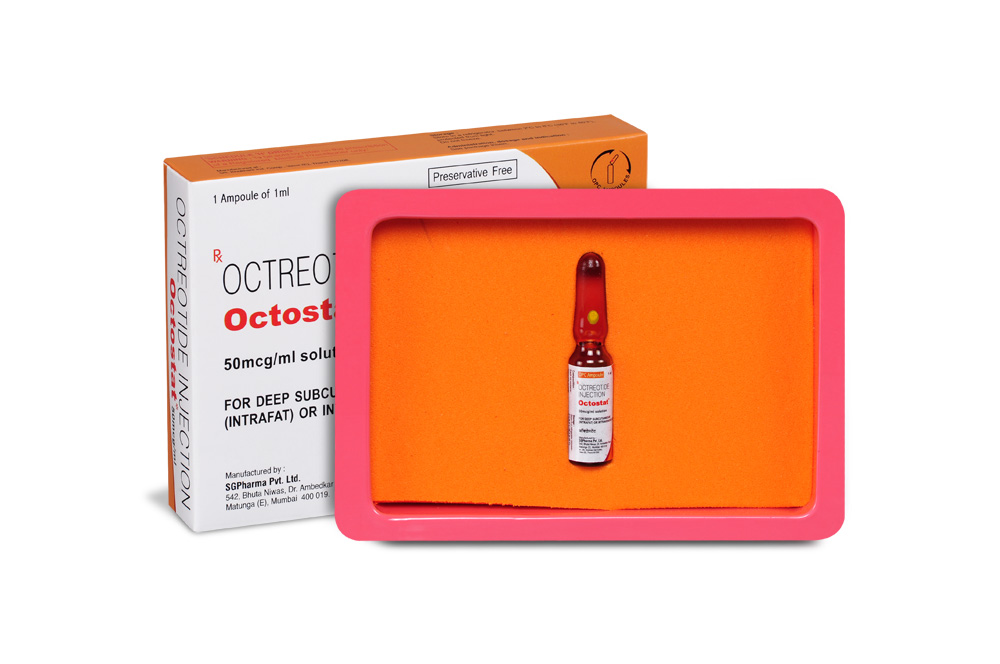
Octreotide
Br120.00 Select options This product has multiple variants. The options may be chosen on the product page -
-
Omeprazole + Sodium Bicarbonate
Omeprazole + Sodium Bicarbonate is a combination used primarily for the treatment of gastroesophageal reflux disease (GERD), acid reflux, and peptic ulcers, similar to sucralfate, but it works differently.
Applications:
- Treats GERD, heartburn, and acid reflux.
- Helps heal and prevent ulcers by reducing stomach acid production.
- Used to manage Zollinger-Ellison syndrome, where excess acid is produced.
Side Effects:
- Common: headache, nausea, diarrhea, and abdominal pain.
- Rare but serious: severe allergic reactions, kidney problems, and bone fractures with long-term use.
- Prolonged use can lead to vitamin B12 deficiency and low magnesium levels.
Unlike sucralfate, which forms a protective layer over ulcers, omeprazole with sodium bicarbonate works by reducing stomach acid to help heal and prevent damage.
Br120.00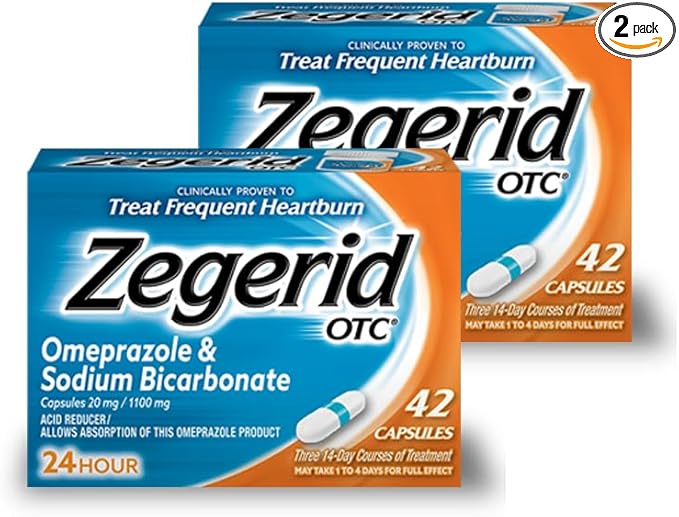
Omeprazole + Sodium Bicarbonate
Br120.00 Select options This product has multiple variants. The options may be chosen on the product page -
Sucralfate
Sure! Here’s a similar overview for sucralfate:
Applications:
- Used primarily to treat and prevent peptic ulcers by forming a protective barrier over ulcer sites in the stomach and intestines.
- Often prescribed for gastroesophageal reflux disease (GERD) and to manage conditions involving damage to the stomach lining, like gastritis.
- Can help in the healing of esophageal ulcers, as well as ulcers caused by nonsteroidal anti-inflammatory drugs (NSAIDs).
Side Effects:
- Common side effects include constipation, dry mouth, and mild stomach discomfort.
- Rare but serious side effects can include allergic reactions, severe abdominal pain, or difficulty breathing.
- Prolonged use may lead to malabsorption of nutrients like phosphate, which can cause low phosphate levels.
- In some cases, patients may experience dizziness or headache.
Sucralfate is typically considered a safe treatment, but like with any medication, it’s important to monitor for any adverse effects, particularly with long-term use.
Br120.00

Sucralfate
Br120.00 Select options This product has multiple variants. The options may be chosen on the product page -
Esomeprazole
Applications:
- Used to treat gastroesophageal reflux disease (GERD), peptic ulcers, and Zollinger-Ellison syndrome.
- Helps reduce stomach acid production, promoting healing and preventing acid-related damage.
Side Effects:
- Headache, nausea, and diarrhea.
- Long-term use may increase the risk of fractures, kidney issues, and vitamin B12 deficiency.
Esomeprazole is effective in reducing acid production, helping treat GERD and ulcers, but prolonged use can lead to some serious side effects, especially with prolonged therapy. It’s important to monitor for any complications, particularly with long-term use.
Br120.00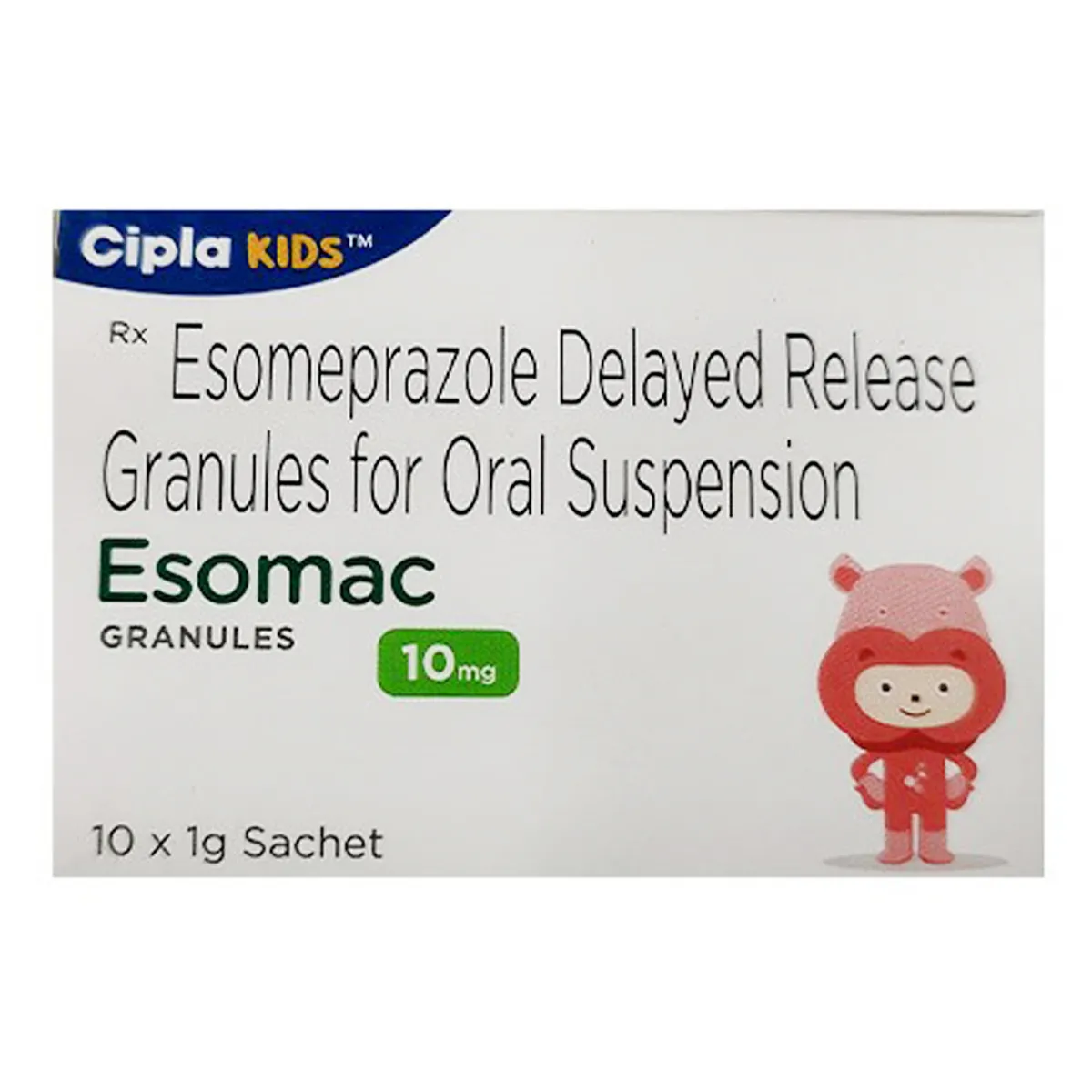
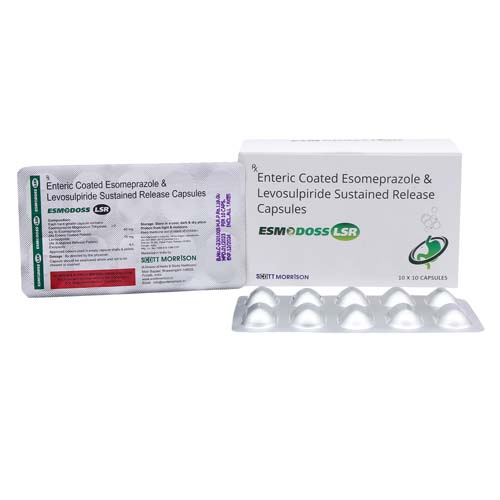
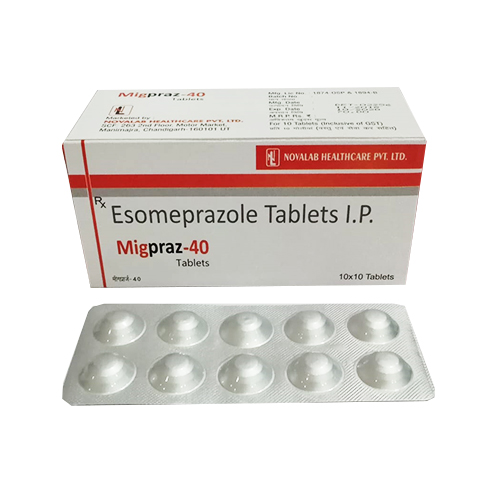

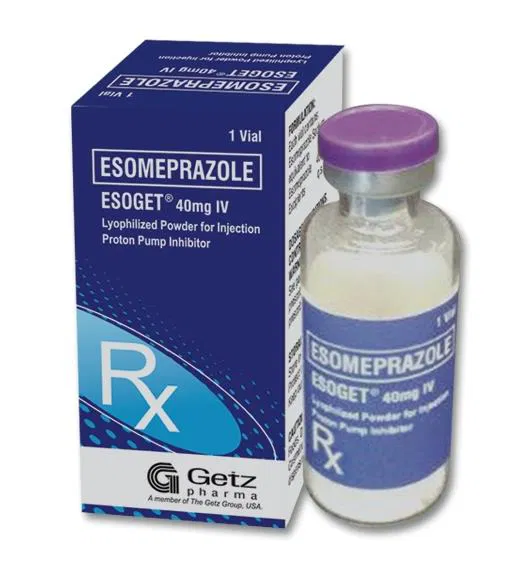
Esomeprazole
Br120.00 Select options This product has multiple variants. The options may be chosen on the product page

